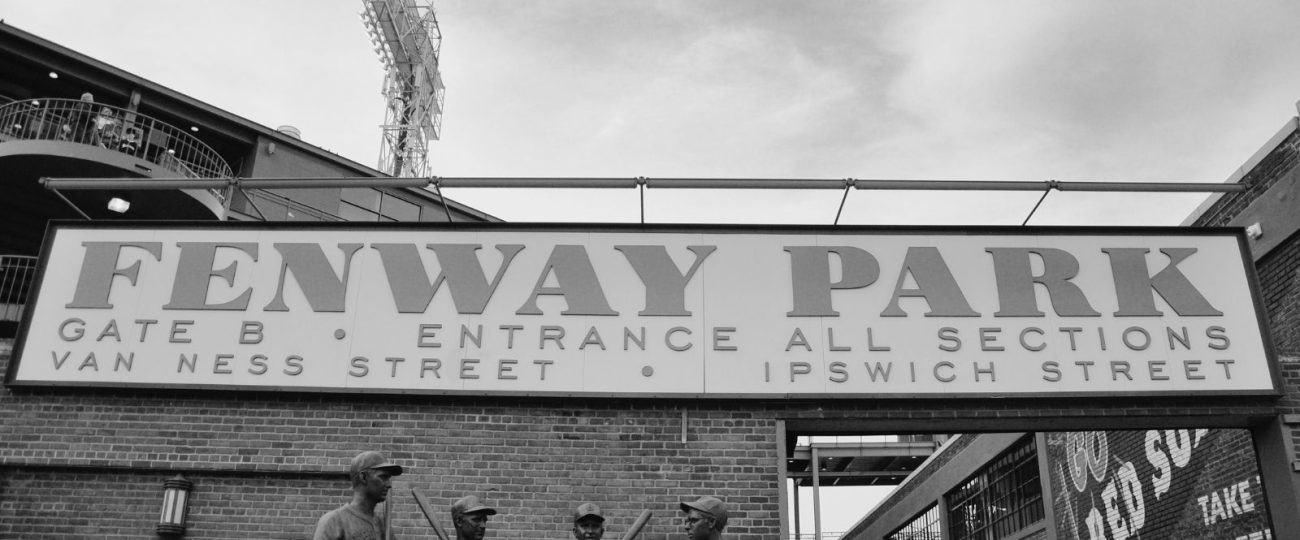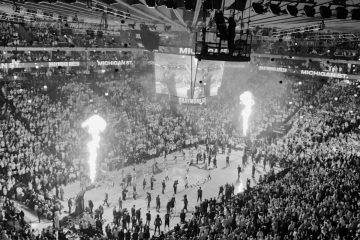What Happened On July 11th?
On July 11, 1914, at Fenway Park in Boston, the game of baseball would be changed forever. George Herman “Babe” Ruth, a 19-year-old left-handed pitcher, took the mound for the Boston Red Sox. This young player became a giant. not just in baseball, but in sports history.
From The Dugout To The Diamond
Born on February 6, 1895, in Baltimore, Maryland, Ruth’s early years were far from ideal. Sent to St. Mary’s Industrial School for Boys at the age of seven due to his unruly behavior, Ruth discovered his passion for baseball under Brother Matthias, the school’s disciplinarian and baseball coach. Ruth’s talent quickly caught the eye of professional scouts.
In 1914, Jack Dunn, owner of the minor league Baltimore Orioles, signed Ruth to his first professional contract. Ruth’s performance with the Orioles attracted the attention of the Boston Red Sox, who purchased his contract for a sum between $8,000 and $25,000. The press, seeing his rapid rise, initially dubbed him “Dunn’s new babe,” a nickname that stuck.
The Rookie’s Rise
On that July day in 1914, Ruth took the mound for the Red Sox against the Cleveland Naps. Ruth pitched seven solid innings, allowed just three runs, and earned his first major league victory. The Red Sox triumphed over the Naps with a final score of 4-3. Ruth did not get a hit in his debut, but his confident presence and powerful pitching hinted at his future dominance.
In the years following his debut, Ruth developed a reputation for hitting massive home runs. One detail of his debut: Ruth arrived at Fenway Park wearing a brand new suit that Dunn had bought him, symbolizing his transformation from a rough-edged youth to a polished professional.
Ruth’s Early Red Sox Years
During Ruth’s early years with the Red Sox, he excelled both as a pitcher and an outfielder. He led the American League in ERA in 1916 and led the Red Sox to their World Series victories in 1916 and 1918. However, his transition to a full-time hitter revolutionized the game.

In 1919, Ruth shattered the single-season home run record with 29 homers. His trade to the New York Yankees in 1920 for $125,000—a substantial sum in those days—ushered in a new era. Ruth had a once-in-a-lifetime ability to launch home runs with awe-inspiring power.
Knocking It Out Of The Park
Babe Ruth’s impact on baseball was seismic. He shifted the game’s focus from strategic, low-scoring affairs to the electrifying spectacle of the long ball. Fans flocked to ballparks to witness Ruth’s towering home runs, and his larger-than-life persona helped elevate baseball to America’s favorite pastime.
The construction of Yankee Stadium in 1923, famously dubbed “The House That Ruth Built,” symbolized his monumental impact on the game. His records, including the legendary 60 home runs in a single season in 1927 and his career total of 714 home runs, stood as benchmarks for decades.
Beyond The Ballpark
Babe Ruth embodied the spirit of the Roaring Twenties with his personality and charismatic presence. Ruth’s charity work, particularly his visits to children in hospitals, and his ability to connect with fans from all walks of life, cemented his status as a beloved American hero. Contrary to his public image of indulgence, Ruth was a disciplined athlete who trained rigorously.
Ruth’s influence reached even the White House. Presidents, including Warren G. Harding and Franklin D. Roosevelt, recognized his contributions to the nation’s morale, particularly during the Great Depression. Ruth had an ability to bring joy and excitement to millions of Americans.
The Birth Of A Baseball Titan
Babe Ruth’s influence extended beyond the baseball diamond, permeating various aspects of popular culture. He appeared in numerous films, lending his larger-than-life persona to the silver screen. In 1920, he starred in a silent movie called “Headin’ Home,” which dramatized his rise from humble beginnings to baseball stardom. His charismatic personality and knack for showmanship made him a natural fit for Hollywood.

Ruth’s image and name became synonymous with excellence and power. He endorsed a variety of products, from candy bars to sporting goods, capitalizing on his fame to become one of the first athletes to earn significant income through endorsements. The “Baby Ruth” candy bar, though not officially named after him, played off his widespread popularity, demonstrating how deeply ingrained he was in American society.
Ruth’s personal life was often tumultuous, marked by his love for the nightlife and his struggles with excess. However, he maintained a strong connection with his fans and the public, often going out of his way to sign autographs and engage with children. His generosity and larger-than-life personality endeared him to millions, making him not just a sports star, but a beloved national figure.
The Evolution Of Baseball During Ruth’s Era
Babe Ruth’s career coincided with significant changes in the sport of baseball. The introduction of the lively ball era in the 1920s, characterized by a more resilient baseball, contributed to the increase in home runs and overall offensive production. Ruth’s prodigious home run-hitting prowess made him the face of this new era, drawing fans in droves to witness the spectacle of his at-bats.
Ruth’s impact on baseball strategies was profound. Teams began to prioritize power hitting, reshaping lineups and player development to emulate Ruth’s success. His approach to the game influenced a generation of players who aspired to match his power and dominance at the plate. The shift towards a more offensive-minded game transformed baseball into a more exciting and marketable sport.





